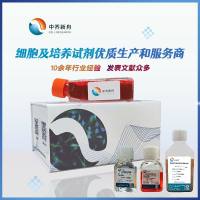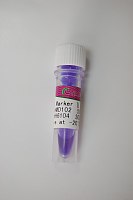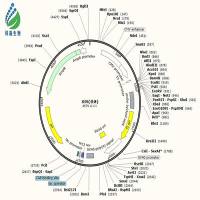The Fast-Halo Assay for the Assessment of DNA Damage at the Single-Cell Level
互联网
464
The detection of breaks in mammalian cell DNA and the measurement of their repair represent primary endpoints for genotoxicity testing. Over the past three decades many techniques sensitive to the presence of DNA breaks have been developed: their availability significantly increased the knowledge in the area of genetic toxicology. In general, these techniques have evolved to become more sensitive and flexible as well as less complicated. The fast-halo assay (FHA) is a very recent method to detect DNA-strand breakage induced either by various genotoxic agents or secondary to apoptotic DNA cleavage, and to study the repair of primary DNA breaks at the single-cell level. In FHA, damaged DNA is separated from intact one by means of solvent gradient, stained with ethidium bromide and visualized under a fluorescence microscope. The level of DNA breaks is then determined with an image analysis software. FHA is as sensitive, reliable, and flexible as the well-established comet assay, but it has the advantage of being, as compared to any other existing method, the most rapid and less expensive one. Taken collectively, these unique features render FHA the ideal method to perform a large number of genotoxicity tests on mammalian cells in a particularly �cost-effective and time-saving manner.









